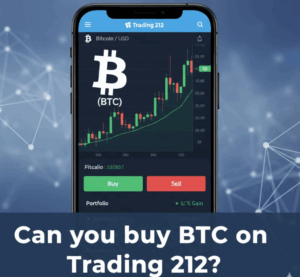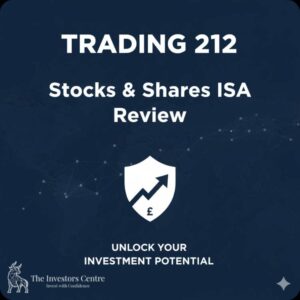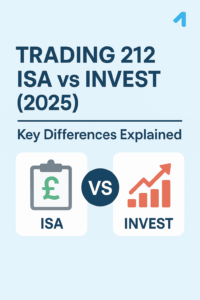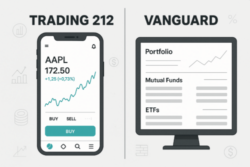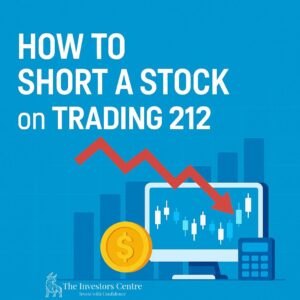Profile

Co-Founder
Thomas brings extensive experience in financial analysis and investment research. With a strong background in both institutional and retail investment sectors, Thomas ensures all content meets the highest standards of accuracy and relevance.
Follow on Twitter Connect on LinkedIn"Every piece of investment advice should be grounded in solid research and practical application. My role is to ensure our content provides real value to investors at every level."
My Favourite Writes:
Profile

Co-Founder
Dom is an experienced retail investor, learning his craft in what he likes to call the "hard way". Through many of these lessons he has crafted himself a sound investment strategy that has enabled him to make investing into a business not just a hobby.
Follow on Twitter"Financial clarity and integrity are the cornerstones of everything we do. We're here to ensure that your investment journey is built on a solid financial understanding and a sound strategic foundation."
My Favourite Writes:
Profile

Co-founder & Senior Financial Platform Analyst
Adam founded The Investors Centre in 2023 and has personally tested 50+ UK financial platforms. An active investor since 2013, he has authored 200+ platform guides and oversees all testing methodology.
Follow on Twitter Connect on LinkedIn"Investment is about more than just numbers; it's about strategy, research, and the willingness to adapt."
My Favourite Writes:
How We Test
Our Commitment to Accuracy
At The Investors Centre, we maintain the highest standards of accuracy and reliability in all our investment education content. Every article undergoes rigorous fact-checking and review processes.
Our Testing & Verification Process
- Primary Research: We gather data directly from official sources including company reports, regulatory filings, and government databases.
- Platform Testing: Our team personally tests and evaluates investment platforms, creating accounts and documenting real user experiences.
- Expert Analysis: Content is reviewed by experienced investors and financial professionals within our team.
- Data Verification: All statistics, figures, and claims are cross-referenced with multiple authoritative sources.
- Regular Updates: We review and update content quarterly to ensure information remains current and accurate.
Review Standards
- Independence: We maintain editorial independence and disclose any potential conflicts of interest.
- Transparency: Our testing methodology and evaluation criteria are clearly documented.
- Objectivity: Reviews are based on measurable criteria and standardized testing procedures.
Corrections Policy
If errors are identified, we correct them promptly and note significant updates at the bottom of articles. Readers can report inaccuracies to our editorial team at info@theinvestorscentre.co.uk
Last Review Date
This article was last fact-checked and updated on: July 18, 2025
Disclaimer
Educational Purpose Only
All content on The Investors Centre is provided for educational and informational purposes only. It should not be construed as personalised investment advice, financial advice, or a recommendation to buy, sell, or hold any investment or security.
No Financial Advice
We are not authorised by the Financial Conduct Authority (FCA) to provide investment advice. Content on this website does not constitute financial advice, and you should not rely on it as such. Always consult with a qualified financial advisor or professional before making investment decisions.
Investment Risks
Investing carries inherent risks, including the potential loss of principal. Past performance does not guarantee future results. The value of investments can go down as well as up, and you may not get back the amount originally invested.
Accuracy & Completeness
While we strive to provide accurate and up-to-date information, we make no representations or warranties of any kind, express or implied, about the completeness, accuracy, reliability, suitability, or availability of the information contained on this website.
Third-Party Content & Links
This website may contain links to third-party websites and references to third-party products or services. We do not endorse, control, or assume responsibility for any third-party content, privacy policies, or practices. Users access third-party sites at their own risk.
Affiliate Disclosure
Some links on this site may be affiliate links. If you click on these links and make a purchase or sign up for a service, we may receive a commission at no additional cost to you. This does not influence our editorial content or reviews.
Personal Responsibility
Any action you take upon the information on this website is strictly at your own risk. We will not be liable for any losses or damages in connection with the use of our website or the information provided.
Regulatory Notice
Investment products and services featured on this website may not be available in all jurisdictions or to all persons. Users are responsible for complying with local laws and regulations.
Contact Information
For questions about this disclaimer or our content, please contact:
Email: info@theinvestorscentre.co.uk
Last Updated
This disclaimer was last updated on: August 2025


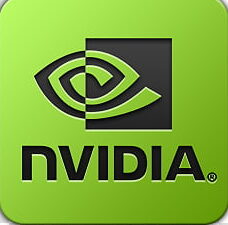
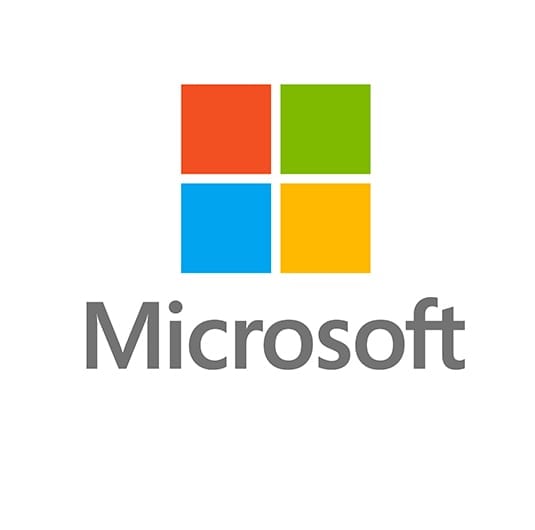
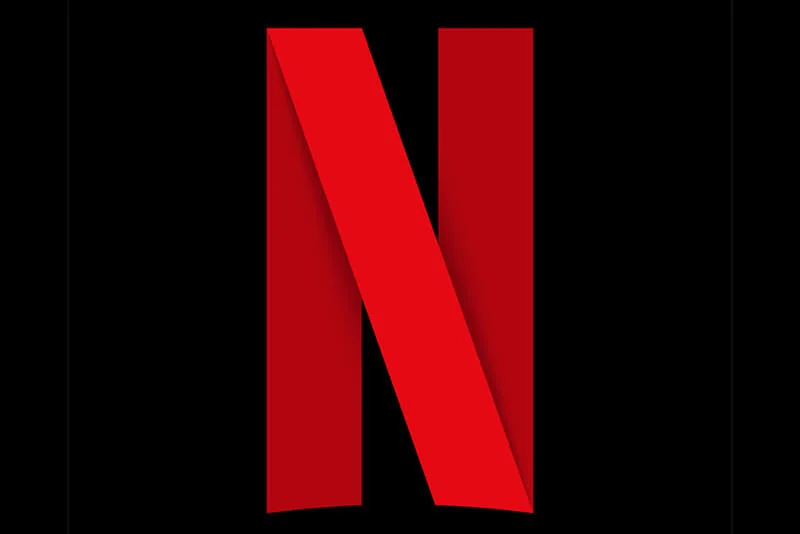

Does not include ISA deposits.
I’ve spent a lot of time using both Trading 212 and Plus500. These two platforms offer unique strengths, but choosing the right one depends on your trading goals.
Whether you’re just starting or are a seasoned trader, this comparison may help you decide. All based on my experiences, data, and industry insights.
Quick Answer: Trading 212 or Plus500, Which is Best?
Plus500 is best for traders focused on CFDs and advanced risk management tools. Trading 212, however, is more versatile, offering shares, ETFs, and a tax-efficient ISA. Beginners will appreciate Trading 212’s simplicity and lower fees, while experienced traders may favour Plus500’s advanced features.
Trading 212 and Plus500 Overview
When investing, your capital is at risk
76% of retail CFD accounts lose money.
Trading 212: Known for its accessibility, it allows users to invest in shares, ETFs, and CFDs. It also offers an ISA for UK investors, enabling tax-free returns. The minimum deposit is just £1 for investing accounts, which makes it perfect for beginners.
Plus500: Specialises in CFDs, offering a wide range of instruments including forex, commodities, indices, shares, and options. The platform features advanced tools like trading alerts and guaranteed stop-loss orders, making it a solid choice for traders who value risk management and flexibility.
| Feature | Trading 212 | Plus500 |
|---|---|---|
| Account Types | Invest, CFD, ISA | Standard, Premium (by invite) |
| Minimum Deposit | £1 (£10 for CFDs) | $50 |
| Fees | 0.15% currency conversion; no ISA fee | 0.70% currency conversion; $10 inactivity fee |
| Available Markets | Shares, ETFs, CFDs, ISA | CFDs (Indices, Forex, Commodities) |
| Customer Support | 24/7 (via app) | 24/7 (multiple channels) |
| Trustpilot Rating | ⭐ 4.6/5 | ⭐ 4.0/5 |
Key Differences
Investment Range: Trading 212 offers shares, ETFs, and ISAs, while Plus500 focuses solely on CFDs.
Fees: Trading 212 has a lower currency conversion fee (0.15%) compared to Plus500’s 0.70%. Plus500 also charges a $10 inactivity fee.
Target Audience: Trading 212 is better for beginners and long-term investors, whereas Plus500 suits experienced CFD traders.
Recommended For
Trading 212: Ideal for beginners and long-term investors seeking simplicity, low fees, and tax-efficient options like an ISA.
Plus500: Best for experienced traders focused on CFDs who need advanced risk management tools and a wide range of derivative products.
Key Metrics: How Trading 212 and Plus500 Compare:
Trading 212 provides an impressive variety of account types, making it versatile for different traders. You can open a CFD account for leveraged trading, an Invest account for shares and ETFs, or an ISA account for tax-efficient investing (for UK residents).
Plus500 is more straightforward, offering just a Standard account for all users, focusing entirely on CFDs. There’s also an exclusive Premium account, available by invitation, which includes added perks for high-volume traders.
| Feature | Trading 212 | Plus500 |
|---|---|---|
| Account Options | Invest, CFD, ISA | Standard, Premium |
| Minimum Deposit | £1 (£10 for CFDs) | $50 |
| ISA Available? | ✅ Yes | ❌ No |
| Geared Towards Beginners? | ✅ Yes | ⚠️ Moderate |
Trading 212’s ISA account is a standout feature, offering UK investors a tax-efficient way to grow their savings. With no platform fees*, it’s a highly competitive option for long-term investors. Plus500 doesn’t offer ISAs, limiting its appeal for tax-conscious traders.
*Other fees may apply. See terms and fees.
Available Markets and Products
Trading 212 stands out for its breadth of offerings, including shares, ETFs, and CFDs across a range of asset classes. The option to invest in fractional shares is ideal for those starting with smaller amounts.
Plus500 specialises in CFDs and offers a wide selection, including indices, forex, commodities, shares, and options. While its focus is narrower, the depth within CFDs makes it a strong option for experienced traders who want access to leveraged instruments with risk management tools like guaranteed stop-loss orders
Comparison Table: Market Access
| Feature | Trading 212 | Plus500 |
|---|---|---|
| Shares/Stocks | ✅ Yes (direct ownership + CFDs) | ❌ No (CFDs only) |
| ETFs | ✅ Yes (direct ownership + CFDs) | ❌ No (CFDs only) |
| CFDs | ✅ Yes | ✅ Yes |
| Forex | ✅ Yes | ✅ Yes (via CFDs) |
| Commodities | ✅ Yes | ✅ Yes (via CFDs) |
My Takeaways on Markets and Products
I love Trading 212’s range, especially its ISA and fractional share options. However, Plus500’s strong CFD offering is hard to ignore for those prioritising derivatives. If you prefer ownership of assets, Trading 212 is the better choice.
Fees & Costs
Both platforms rely on spreads instead of commissions, but their additional fees differ significantly.
Trading 212: Charges a 0.15% currency conversion fee and has no inactivity charges. Its ISA accounts also come with zero platform fees*, making it cost-effective for long-term investors.
Plus500: Charges a higher 0.70% currency conversion fee and applies a $10 inactivity fee after three months. CFD traders should also account for overnight funding costs, which vary based on the instrument. More on charges here on their website.
*Other fees may apply. See terms and fees.
Comparison Table: Fee Breakdown
| Fee Type | Trading 212 | Plus500 |
|---|---|---|
| Currency Conversion Fee | 0.15% (for non-base currency trades) | 0.70% (for non-base currency trades) |
| Inactivity Fee | ❌ None | $10/month (after 3 months of inactivity) |
| Overnight Funding (Swap Fees) | ✅ Yes (for CFD positions held overnight; varies by asset) | ✅ Yes (overnight financing applies to all CFDs) |
| Spread Costs | Variable (depends on asset, lower for major stocks) | Variable (higher for exotic CFDs, competitive on forex) |
| Deposit Fees | ❌ None | ❌ None |
| Withdrawal Fees | ❌ None | ❌ None |
| ISA Platform Fee | ❌ None (0% annual management fee) | ❌ Not applicable (no ISA option) |
| Guaranteed Stop Order Fee | ❌ Not offered | ✅ Yes (premium charged for risk protection) |
| Commission on Trades | ❌ None (trades are commission-free) | ❌ None (costs built into spreads) |
| Deposit Methods | Bank transfer, debit/credit card, PayPal, Google Pay | Bank transfer, debit/credit card, PayPal |
| Withdrawal Methods | Same as deposit methods | Same as deposit methods |
My Takeaways on Fees
Trading 212 is cheaper overall, with lower conversion fees, no inactivity fees, and no platform charges for its ISA. Plus500 provides additional risk management tools (such as guaranteed stop orders) but applies higher costs, especially for currency conversion and inactivity. Both platforms charge no deposit or withdrawal fees, keeping funding and withdrawals cost-effective. For CFD traders, Plus500’s overnight funding fees can accumulate if positions are held open for extended periods.
Reliability & Regulation
Both platforms are heavily regulated, ensuring a high level of safety and transparency.
- Trading 212: Authorised by the FCA (UK) and other European regulators, ensuring compliance with strict safety standards. Funds are kept in segregated accounts, and UK investors benefit from FSCS protection up to £85,000.
- Plus500: Plus500UK Ltd is authorised and regulated by the Financial Conduct Authority (FRN 509909), ASIC (Australia), and MAS (Singapore). It also offers advanced risk management tools, ensuring users cannot lose more than their initial deposit.
| Feature | Trading 212 | Plus500 |
|---|---|---|
| Regulators | FCA (UK), CySEC | FCA (UK), ASIC, MAS |
| Investor Protection | FSCS | ✅ Yes |
| Advanced Risk Management | ✅ Yes | ✅ Yes |
| Segregated Funds | ✅ Yes | ✅ Yes |
My Takeaways on Safety & Regulation
Both platforms are secure and regulated by top-tier authorities. For UK users, Trading 212’s FSCS protection is a significant advantage, while Plus500’s global regulatory coverage makes it equally trustworthy.
Platform and Experience
Trading 212 features a clean, intuitive interface on both mobile app and desktop. The platform includes educational tools, video guides and tutorials to help users learn investment fundamentals.
Plus500 offers a professional platform with advanced features such as guaranteed stop orders and trading alerts. Its interface is smooth and responsive with well-integrated mobile and desktop platforms ensuring a seamless experience across devices. Plus500 provides a demo account for practice trading, and users can access the Trading Academy, webinars, and insights to develop their trading knowledge and skills.
Mobile Platforms
Trading 212’s mobile app is ideal for beginners, offering a clean interface and useful educational features. It’s straightforward and perfect for tracking investments on the go.
Plus500’s mobile app caters to experienced traders, with advanced features like customisable charts and real-time trading alerts. It’s powerful but less beginner-friendly.
Desktop Platforms
The Trading 212 desktop experience is simple and great for casual traders. It’s intuitive and doesn’t overwhelm users with unnecessary features.
Plus500’s desktop platform is more advanced, with customisable layouts and access to professional tools. It’s best suited for active CFD traders.
My Takeaways on Platform and Experience
Overall Rating Comparison
The table below summarises how Trading 212 and Plus500 perform across key areas. While both platforms are excellent, they serve different trading needs.
| Criteria | Trading 212 | Plus500 |
|---|---|---|
| Fees & Costs | ⭐ 4.5/5 | ⭐ 4.2/5 |
| Account Types | ⭐ 4.6/5 (ISA available) | ⭐ 4.0/5 (Limited options) |
| Available Markets | ⭐ 4.3/5 | ⭐ 4.5/5 |
| Platform (Mobile) | ⭐ 4.8/5 | ⭐ 4.6/5 |
| Platform (Desktop) | ⭐ 4.5/5 | ⭐ 4.7/5 |
| Education & Tools | ⭐ 4.2/5 | ⭐ 4.0/5 |
| Customer Support | ⭐ 4.3/5 | ⭐ 4.0/5 |
| Safety & Regulation | ⭐ 4.7/5 | ⭐ 4.7/5 |
| Overall Rating | ⭐ 4.1/5 | ⭐ 4.5/5 |
Conclusion: My Final Thoughts on Trading 212 vs Plus500
In my experience, Trading 212 is the best choice for beginners and long-term investors. Its low fees, simple platform, and ISA option make it highly accessible for UK users.
Plus500, on the other hand, is an excellent option for experienced CFD traders. Its advanced tools and wide range of CFD products make it a top contender for active traders. Personally, I’d recommend Trading 212 for those starting their investment journey and Plus500 for traders focusing on leveraged instruments.
Commission-free Investing for Everyone
- Invest as little as £1
- Free Share up to £100
- Earn 4.9% AER on GBP
Trading and investing involve risk. The value of your investments can go up or down, and you may lose all or part of your capital. These products may not be suitable for all investors. Please ensure you fully understand the risks involved.
FAQs
Is Trading 212 better than Plus500 for beginners?
Yes, Trading 212 is better for beginners. It offers an easy-to-use platform, a low £1 minimum deposit, and helpful educational tools like tutorials and demo accounts, making it ideal for new traders.
What are the fees associated with Plus500 and Trading 212?
Trading 212 charges a 0.15% currency conversion fee and has no inactivity charges. Plus500 charges a 0.70% conversion fee, a \$10 inactivity fee after 3 months, and overnight fees for CFDs.
Which platform offers more investment options?
Trading 212 provides more options, including shares, ETFs, CFDs, and ISAs. Plus500 focuses on CFDs, offering a broad range of instruments like forex, indices, and commodities.
How secure are Trading 212 and Plus500?
Both platforms are secure and regulated by the FCA in the UK. Trading 212 also offers FSCS protection, while Plus500 provides global coverage with oversight by ASIC and MAS.





